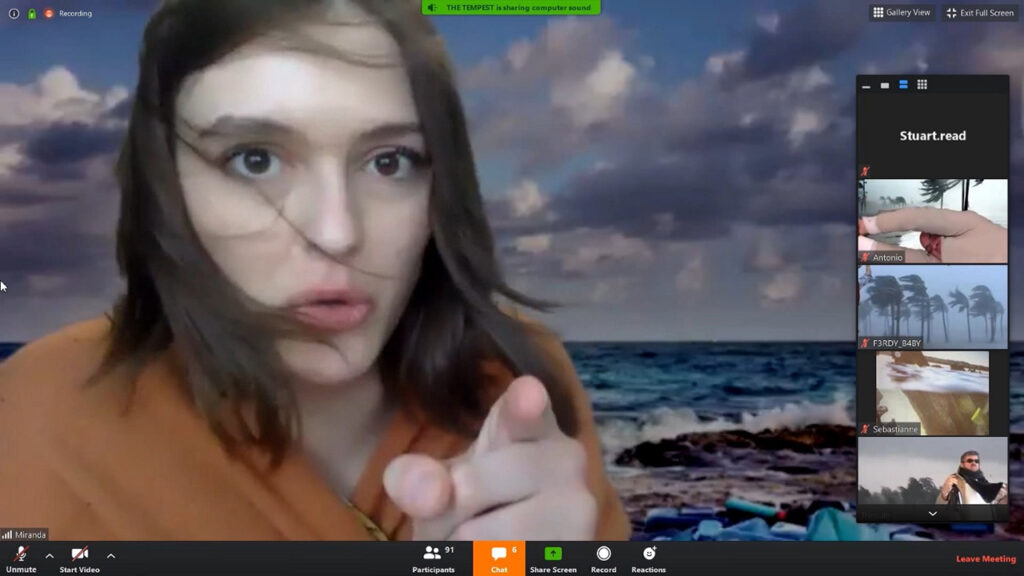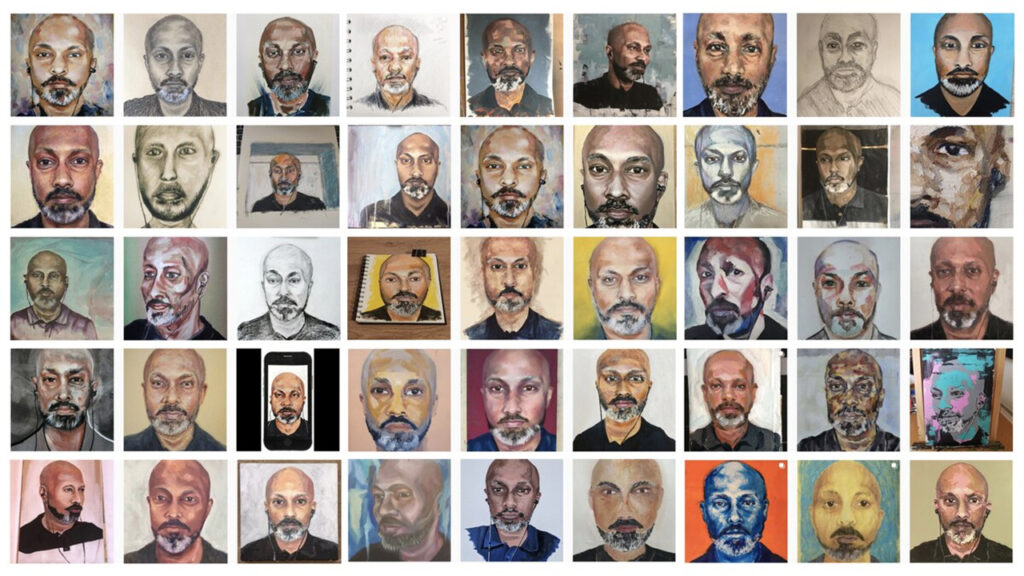During the past year of pandemic-era constraints, arts institutions found themselves thrust onto a trajectory of digital expansion. For some organizations, existing resources smoothed the transition to this virtual arena, while others struggled to keep apace. As we begin a gradual return to normalcy, the sector has a chance to reflect on the approaches taken towards digital offerings and their long-term viability.
To help cultural organizations better cater to an audience increasingly drawn to digital offerings, the UK Research and Innovation’s Art and Humanities Research Council (AHRC) partnered with the Department for Digital, Culture, Media and Sport to produce Boundless Creativity, which examines how cultural experiences have evolved under the constraints of COVID-19. Released July 23, the resulting report looks at the role of digital innovation in the cultural arena, as well as challenges faced by museums and other institutions. Here are three key takeaways.
Digital consumption has increased over lockdown across demographics

Creation Theatre’s interactive performance of The Tempest on Zoom appealed to a demographically and geographically diverse audience. Image: Creation Theatre
The study discovered that locked-down audiences across demographics have eagerly turned to digital platforms for entertainment and cultural exposure. As a case-in-point, an intra-media performance of The Tempest, adapted for Zoom by Creation Theatre, reached a geographically more diverse audience than its live performance in 2019, with audiences noting that part of its appeal was its online platform. Beyond this growing spatial diversity, it is notable that youth have seen the greatest increase in online engagement, with twice as high of a percentage of audiences under 45 engaging virtually as compared to those over 45.
This generational difference can be attributed to greater technological familiarity among the youth, who are active in avenues such as crowdsourcing and co-creator projects. Museums and cultural venues should capitalize on this demographic’s eagerness for forward-facing, collaborative endeavors and explore offerings that cater to innovative platforms, as seen in Manchester International Festival’s incorporation of the popular video game Fortnite in an online experience. Finally, it is important to note that despite the overall increase in digital engagement, unequal access to digital literacy and bandwidth means that venues should seek to provide offerings that have a lower barrier to entry.
Even casual users have been converted to more intensive users of digital technology

Over lockdown, Sky TV’s Portrait Artist of the Week livestream series, which features paint-alongs and invites audiences to submit their own works, hit a high of some 2,000 submissions. Image: Sky Group
Beyond a generalized rise in audiences looking towards virtual offerings, the study found that existing citizens of the cyberspace have become more intense participants, with two-thirds of Britons now believing that it is possible to have meaningful cultural experiences online. A phenomenon arising from this is growing exploration among the youth of social platforms such as Sky Arts, a free-to-air service that has seen its “Portrait Artist of the Week” Facebook livestream reach 4.6 million in its first four weeks. For cultural institutions seeking to sustain post-pandemic digital engagement, a lucrative direction would be to research and develop programs that expand further on forms of engagement — social media, Zoom and gaming ventures — that audiences are already familiar with.
Cross-sector collaborations and hybridized working help bridge the tech divide
A concerning finding in the study centers around the discrepancy in digital expertise and funding among organizations. In order to provide digital offerings during pandemic-era shutdowns, content such as live performances needed to be adapted and rethought for livestreams or web-based platforms. As such, larger organizations were better equipped to navigate the physical-to-digital transition thanks to available pre-existing philanthropic relationships and existing reserves of digital material that they could pull from. Smaller organizations relied instead on technical agility to reach the same audiences.
Two solutions to this dilemma are cross-sector collaborations and hybridized working. As explored in the study, international collaborations through livestreaming and related endeavors can provide opportunities for local organizations to reach global audiences without physical movement while reimagining their offerings. Moreover, partnerships across sectors – such as the Notting Hill Carnival’s partnership with Spotify – allow cultural venues to learn from the expertise of the tech sector. Finally, hybridized working styles and hiring processes has opened up the skill base that organizations of all sizes can draw from, making it easier to navigate the necessary process of upskilling to meet growing digital needs.



